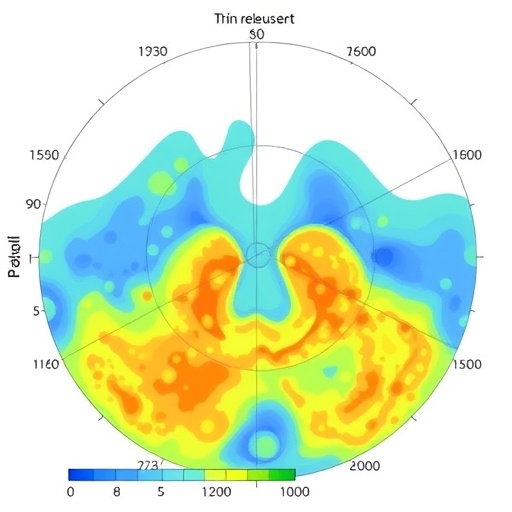A tool to elevate coastal homes

Credit: UT Arlington
Severe storms and flooding have caused extensive economic losses in Texas coastal and inland communities, showing the need to elevate homes to reduce repeated damage and economic loss.
Nur Yazdani, a professor of civil engineering at The University of Texas at Arlington, is developing a web-based tool that will help stakeholders properly design home slab elevations to protect homes and possessions against flood waters in future storms.
The competitive, two-year, $450,000 award is from the Texas Sea Grant program, using funds from the National Oceanic and Atmospheric Administration.
“We will use the knowledge we gain through our experimental work and theoretical modeling to develop a tool that will help people determine how to safely elevate their homes, evaluate safety in light of International Building Code provisions and find proper support beam-pier configurations,” Yazdani said. “It will eliminate guesswork and allow people to make informed decisions about a major investment in their homes.”
New construction in most Texas coastal areas is required by code to be elevated. But raising an existing home can be very expensive, often exceeding $100,000 depending on the size and location. It involves raising the structure with its typical concrete slab foundation above the base flood level and constructing pier-beam support systems.
The process is not without risks. Since typical concrete slab foundations are about 4 inches thick, with minimal steel wire mesh reinforcement, raising them on pier-beams can cause cracks, irreparable damage, significant property losses–even casualties.
In his project, Yazdani will build concrete slabs on pier-beams and monitor them for cracking and failure. Among the project’s goals: to determine where critical stress points are likely to develop and how far apart pier-beams can be safely placed to create useable space underneath the home. He and his team will use gradually rising water to simulate floods on the supported slabs.
Yazdani also will experiment with the use of externally applied carbon-fiber laminate, which he has used successfully on concrete bridges, to reinforce critical locations on the slabs. Laminate application is one of the few options to increase the capacity of deficient and elevated existing concrete home slabs.
Based on the results of his research, Yazdani will create a free, user-friendly decision-making software and guidance manual. The software will be tested in communities in Harris, Galveston, Aransas and San Patricio counties, which are collaborating on the research project.
An important project component is extensive outreach, education and training on the project findings and tool usage. Several workshops in coastal communities and at state and national conferences are planned in this effort.
If this research allows more homeowners to raise their homes out of harm’s way, the potential savings in possible casualties, lost property and insurance costs could benefit everyone, said Ali Abolmaali, chair of the Civil Engineering Department.
“Dr. Yazdani has successfully used carbon-fiber reinforced polymer, or CFRP, laminate to strengthen concrete bridges for several years, so it is exciting to see him using it in another application with so much potential,” Abolmaali said. “Additionally, by creating a digital tool to aid stakeholders in making decisions based on realistic data, he could help coastal and inland communities become more resilient in the face of hurricanes and other major storms, lessening recovery time, property loss and the emotional and financial toll that those losses create.”
Yazdani and his team have been involved with improving the application of CFRP laminates on deficient or impact-damaged concrete bridges through a $598,953 grant from the Texas Department of Transportation (TxDOT). Already in use in about 25 state highway departments including TxDOT, the laminate is less than one-half millimeter thick, highly durable and stronger than steel.
###
Yazdani also is working on a $735,000 grant from TxDOT to evaluate concrete bridges through in-situ load testing and non-destructive evaluation.
Other recent research by UTA civil engineering faculty focused on concrete structures includes:
- Suyun Ham and Simon Chao received a $534,000 TxDOT grant to use Ham’s non-contact testing system to make faster, easier and more accurate determinations about when and where bridge repairs are needed.
- Habib Ahmari, Michelle Hummel and Chao are studying the impact that flooding has on bridges with the help of a TxDOT grant. The trio will use laboratory testing and computer modeling to determine the force of floodwater on typical TxDOT bridges.
— Written by Jeremy Agor, College of Engineering
Media Contact
Herb Booth
[email protected]
817-272-7075
Original Source
https:/





